Restaurant Roundtable Q&A
Restaurant Roundtable Q&A
By: Brad King They arrived from all corners of the globe: from New York to South Florida, Boston to Hawaii, the Bahamas, Malaysia and all over Europe. What they have in common is that all eventually found their home in the Sandhills of North Carolina — the Pinehurst, Southern Pines and Aberdeen Area. “They” are brilliant restauranteurs, names such as Ashley Van Camp from Ashten’s Restaurant in Southern Pines; Mark Elliott from Elliotts on Linden in Pinehurst, as well as The Sly Fox Pub in Southern Pines; Warren Lewis from Chef Warren’s Bistro in Southern Pines; Karen and Scott Margolis from Scott’s Table in Southern Pines; and Kitty Hopkins and Peter Hamm from Chapman’s Food and Spirits in Southern Pines. Each have brought their own unique culinary skills to the Sandhills and helped greatly enhance the area’s rapidly growing reputation as an eclectic “foodie destination.” With that in mind, we thought we it would be interesting to sit around the table and pick the brains of some of our destination’s best culinary talents. We wanted them to speak about a variety of food-related topics, such as what gives the area’s restaurant industry its palpable sense of community and what makes the Pinehurst, Southern Pines and Aberdeen Area such a popular place for a memorable dining experience. Below are some of their responses:
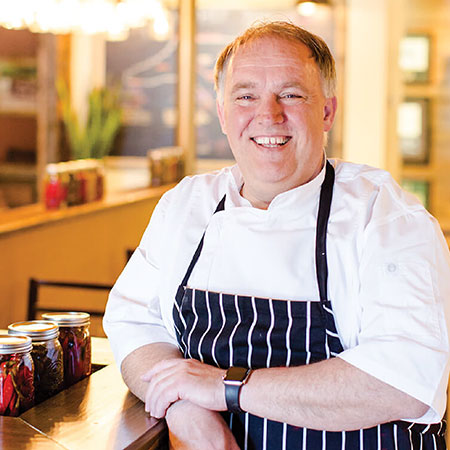
In what ways have you seen and experienced our destination’s growth from a culinary standpoint?
Mark Elliott: “The area as a whole continues to grow. There’s a diverse group of restaurants here and you’ve also got a diverse group of people that reside here full time, who are looking for that [wide selection of restaurants]. They’re coming from the big cities. So that’s driven the need for interesting restaurants, as well as people coming here to play golf. People have more sophisticated palates in this day and age, too. They’ve grown up eating in restaurants as a fact of life.”
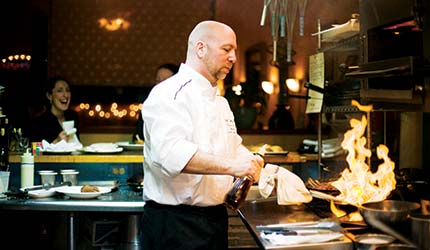
Warren Lewis: “I know people drive from Charlotte to eat here. People drive from Raleigh to eat here. And the thing is, the population here has probably doubled since we moved here. We’ve got a lot of military here and they’re used to traveling. They’re used to good food and that’s what we provide.”

Kitty Hopkins: “During the 1980’s we had excellent independent restaurants and very limited chain restaurants until a few years prior to the 1999 U.S. Open — the locals definitely visited the majority of the independents. However, with the growth of chain restaurants and shopping centers, the area is a hub for consumers from our neighboring counties and these patrons are visiting our local establishments. Although with the recession in 2008 as well as the effects of the pandemic, many businesses were forced to close. But in the last few years we have seen solid operations open unique concepts throughout the county.”
Karen Margolis: “There are more local choices now, which makes this a much more consumer-friendly dining experience to truly get a sense of the area.”
Ashley Van Camp: “Our area has grown so much since 1997 and the restaurant scene is becoming so diverse and vibrant. COVID has put a damper on things, but I feel that on the other side we will become more of a food destination.”

During the COVID-19 pandemic since, the area’s culinary industry seems to have really bonded together. Describe the sense of community among local restaurants and restauranteurs that you have experienced.
Van Camp: “One thing we know is that competition is a good thing and the more wonderful restaurants we have, the more people will come here to enjoy them. Our restaurant community members are so hardworking that often we don’t get a chance to check in with each other. During COVID that changed, as we banded together to figure out how to survive. At Ashten’s we offered meals to service industry workers during the height of COVID and so many restaurants donated food to those meals. It was a prime example of something good coming out of a bad situation.”

Margolis: “Certainly, we all want to be successful and be the best. However, we want our neighbors to also have success. There is a friendly sense of competition and camaraderie within our industry. Having strong competition makes us all better. During the start of the pandemic, it was nice to gather with other owners to talk about what we could do together to get through this pandemic. Even before this, I knew that I could show up at the back door of another restaurant with one of my coolers, ask to fill it with ice, and it would happen no questions asked.”
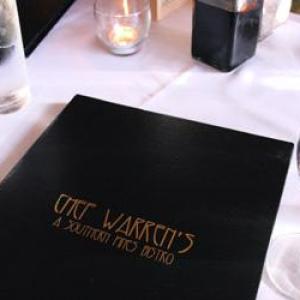
Lewis: “We all do get along well. When the pandemic hit, we all kind of ganged up together and shared information, shared products that were available, whatever we could do to keep it moving along. If we get an application that we can’t use, we’ll suggest another place that might be able to use their skills, so we all seem to work together like that and it seems to work out pretty well.”
Elliott: “The word competitive is an overused word. I think we all complement each other and we’re all looking for our own identity. Most of the chefs are driving themselves to do something interesting all the time. We’re all trying to deliver a unique dining experience.”
Hopkins: “[The COVID-19 pandemic] was definitely a challenging time. We did several donations to help our first responders and health care workers. With the challenge of supplies, proprietors would work together and keep each other supplied.”
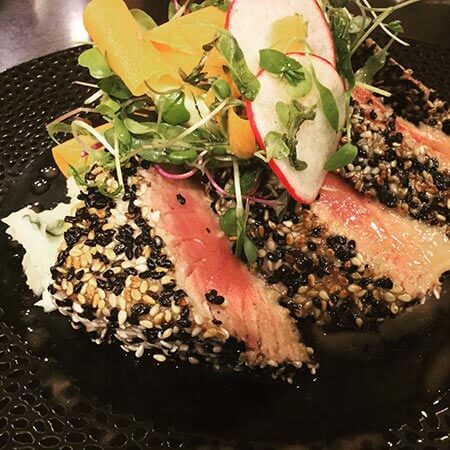
Tell us about some of your own personal culinary philosophies.
Hopkins: “Provide a good atmosphere, a well-trained staff and purchase the best ingredients to deliver exceptional service. Consistency is key.”
Elliott: “My own philosophy about food is that everything on the plate should be relevant. I try not to get too fussy so to speak. I don’t want so many things on the plate, everything should work on the plate. We focus on our menu being small so we can really focus on each dish and make sure it’s a highlight. A lot of restaurants go big on the menus, but the more independent restaurants are going smaller.”

Margolis: “If you start with good ingredients and treat them with love, you are already ahead. We want our guests to feel comfortable and welcomed into our home and eat a meal that has been personally prepared and raised to a higher level of cuisine.”
Lewis: “My own culinary philosophy is don’t cheat anybody. It’s that simple. If you’re going to serve a $5 steak, serve a $5 steak. If you’re going to serve a $50 steak, serve a $50 steak. When you’re working with your purveyors, you want to have a good enough relationship that when they say this is the fish you want to use, then that’s the fish you want to use. You come in, you cook, you put your heart and soul into it, you go home and every day you try to be a little bit better at what you do. Cooking is a trade, it’s a craft, a skill. It’s like being a carpenter or a woodworker, or a plumber or electrician, it’s culture. And every day you want to get a little bit better at your trade.”
Van Camp: “Buy local, eat local and take care of your staff.”

Describe some of the relationships you have or have experienced with the local farming community.
Elliott: “If you’ve got people out there who is growing something locally, we’re definitely going to support that and encourage that and feature it on the menu. We try to support as many as we can ‘at the back door’ as I like to call it.”
Van Camp: “We have been lucky to have so many local farmers on our Ashten’s team. Many of the relationships are long-standing and because we have worked hard to strengthen these ties, we get the best product from them.”

Lewis: “We have relationships with some of the farmers. We have a farmer who brings us vegetables weekly. We have another farmer who does bees and more vegetables for us, in fact we have one of her bee hives in our backyard. We raise our own chickens and use their eggs for ice cream and that kind of stuff. You’ve got ostrich being grown here, you’ve got beef being grown here, you’ve got all sorts of vegetables being grown here. There’s a lot here, so it’s relatively easy to find what you want. We just picked up a new purveyor who brings us mushrooms every week, so there’s a lot here.”
Hopkins: “We purchase from a broadline supplier who purchases local.”
Margolis: “We love having our local farmers come in with their goodies for us. That is always a good day.”
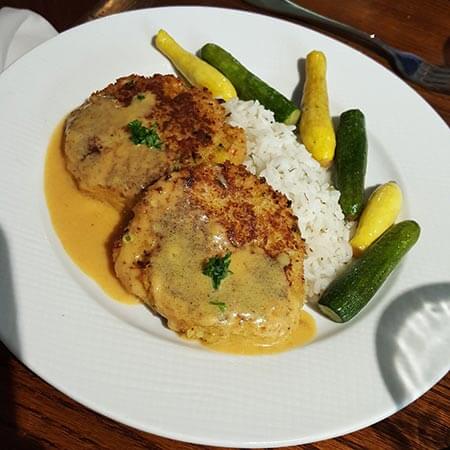
Why do you consider our destination to be a “must visit” for an outstanding, memorable culinary experience?
Margolis: “We have a wonderful variety of locally owned restaurants that truly understand what hospitality should be. They execute at high levels to make sure that their guests feel welcomed and receive great food. It is just a place you can feel at home even though you aren’t.”
Lewis: “Part of why I think this is a must-visit isn’t just because of my restaurant, but all the other restaurants. They’re all pretty solid. They’re all pretty legitimate. None of the restaurants cheat anybody. If you want to hit a restaurant in downtown Southern Pines, it’s nice to come and stroll the town and it’s a nice, warm, welcoming area. The same with Pinehurst. Talk to the people who live here. Everyone who lives here is pretty nice.”
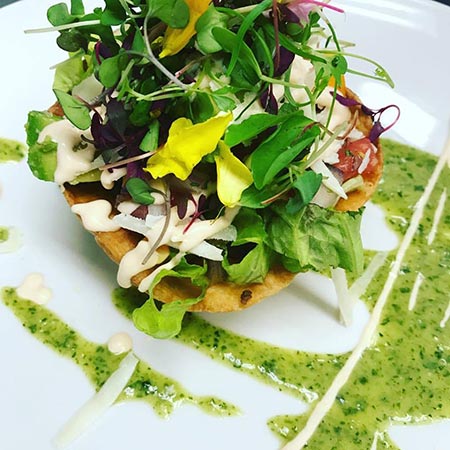
Hopkins: “The area is beautiful and the people are extremely friendly. The area has a lot to offer — many more establishments are open every day to attract consumers and we have many different concepts to choose from. While we offer multiple fine dining options in the area, we also offer many casual destinations.”
Van Camp: “The Sandhills area is a ‘must visit’ for foodies because of our diverse food scene and the care our local chefs take in providing memorable experience for their diners. We are special because we have walkable downtowns … Park your car in Southern Pines, Pinehurst or Aberdeen and you can walk to almost any kind of food you have a taste for!”
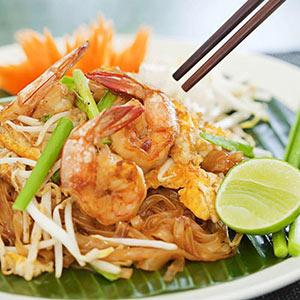
Finally, other than your own restaurant where are your favorite places to eat in the area?
Margolis: “We have a wonderful variety of locally owned restaurants that truly understand what hospitality should be. They execute at high levels to make sure that their guests feel welcomed and receive great food. It is just a place you can feel at home even though you aren’t. Jaya’s Indian Cuisine, Betsy’s Crepes, Ashten’s, 195, Pik n Pig — these are all places that are locally owned and run.
Van Camp: “I’m happy to have some great Indian food restaurants in our area now and I recently ate at The Workshop Tavern in Aberdeen and I will be back!
Elliott: “I like going to Vito’s Pizzeria actually, for pizza. That’s about as high-key as I get. If I was going out, I’d probably go to Ashten’s or Chef Warren’s.”

Lewis: “Our favorite food to eat, we’re big on Asian cuisine, so there’s a Thai restaurant we like to go to a lot, there’s a Japanese we like to go to a lot, and, of course, pizza is always good.”
Hopkins: “We have many options for dining choices. We love all the Italian places – Vito’s Pizzeria, Lisi Italian, Curt’s Cucina — along with Beefeaters of Southern Pines, Ironwood Café and Fish Co.
Other Blogs
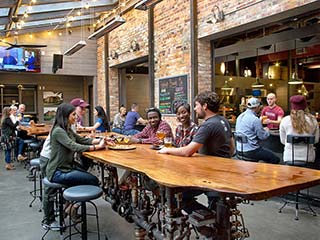
10 Great Things To Do
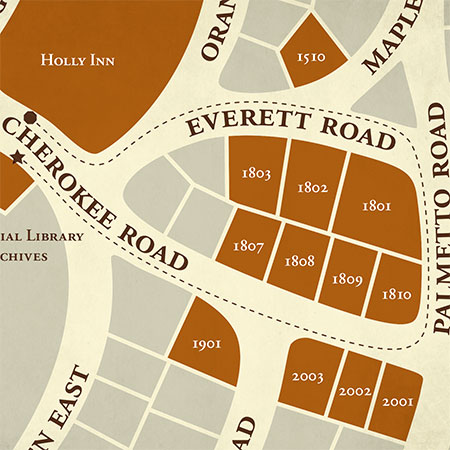
Discover The Path To Pinehurst’s Past

Insider Golf Tips

Unique Wedding Venues

North Carolina Couples Vacation
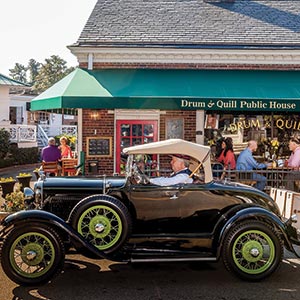
Our Favorite 19th Holes in the Home of American Golf

Girlfriend Getaways

Tobacco Road: A Truly Unique Golf Adventure
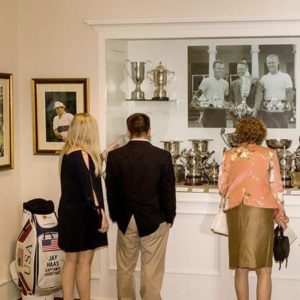
Carolinas Golf Association Hall of History

Where the Ladies Golf
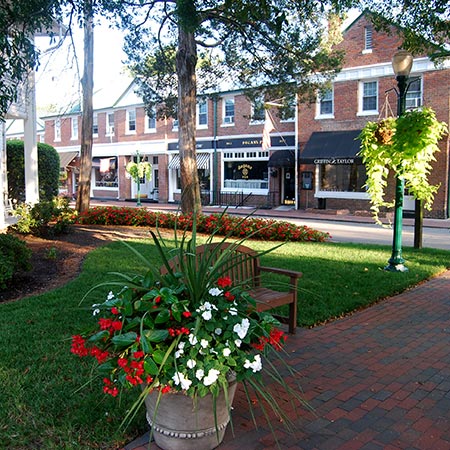
Romancing Pinehurst
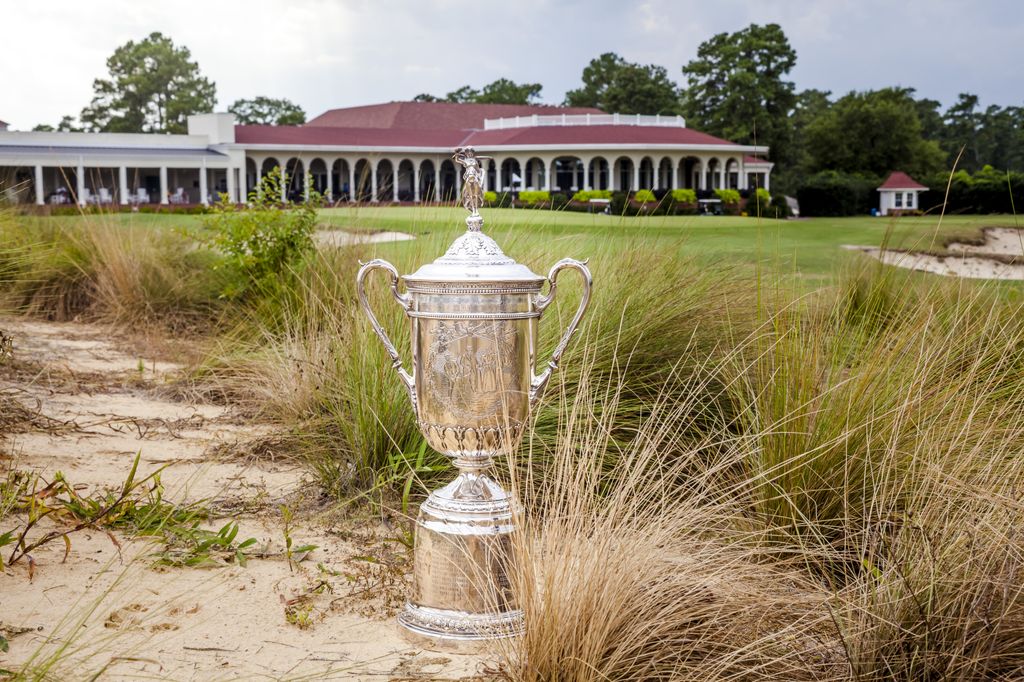
Home of American Golf and U.S. Open Connections

Former U.S. Open Champions Provide Pinehurst Area Some of Its Finest Designs

Donald Ross First of Many Architects to Design U.S. Open-Quality Courses in Sandhills
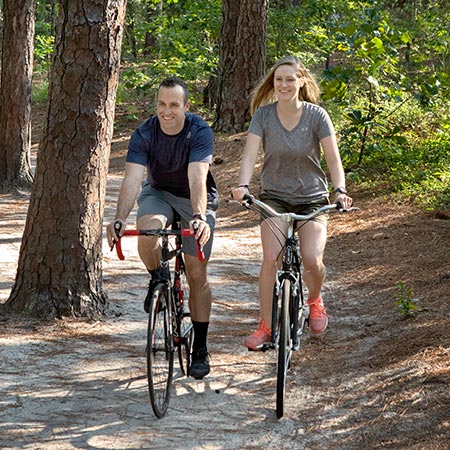
Sandhills Offers Outstanding Variety of Outdoor Activities
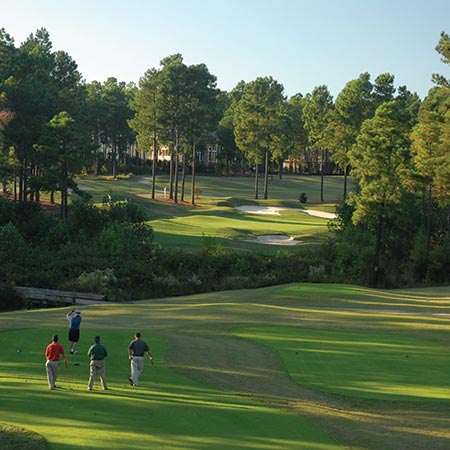
Buddy Golf Trip
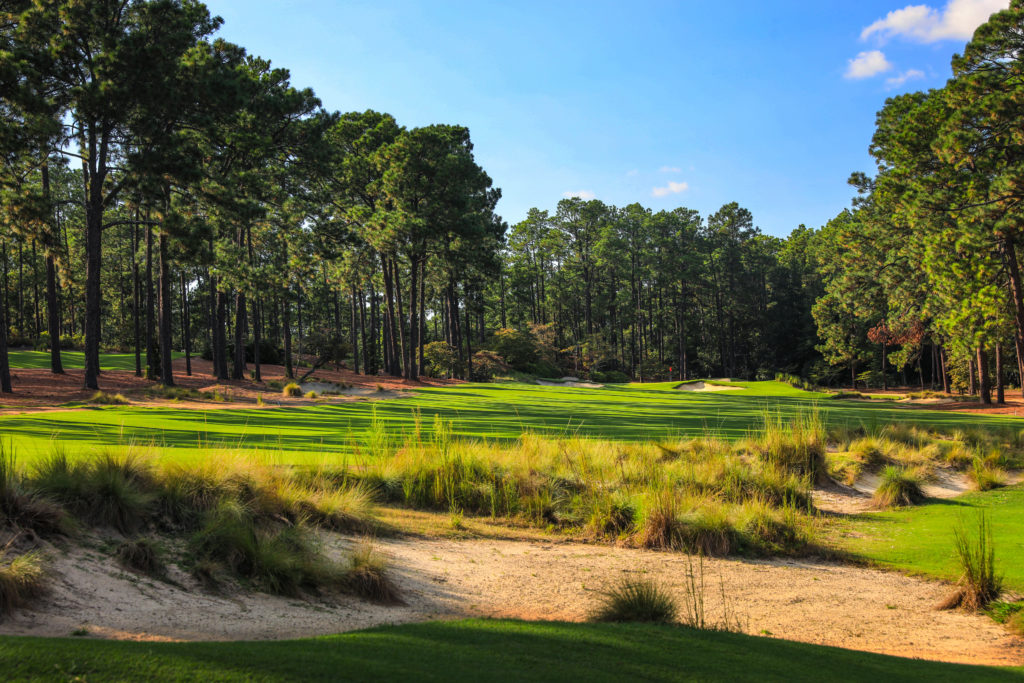
18 Holes of Local Knowledge for the Sandhills Golfer

The Family Fun Trip
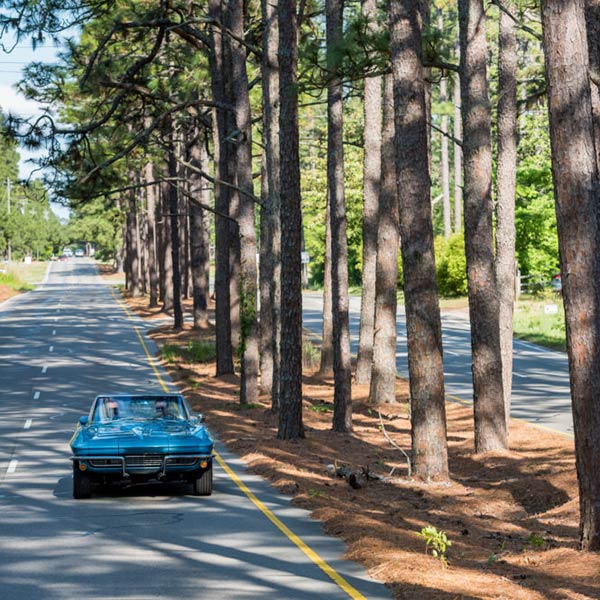
Midland Road: The “Fifth Avenue of Golf”
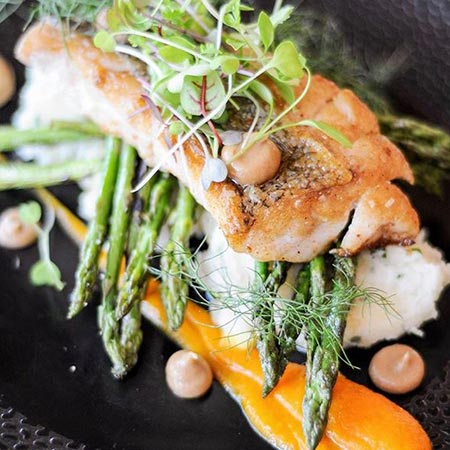
Collards, Community and Collaboration
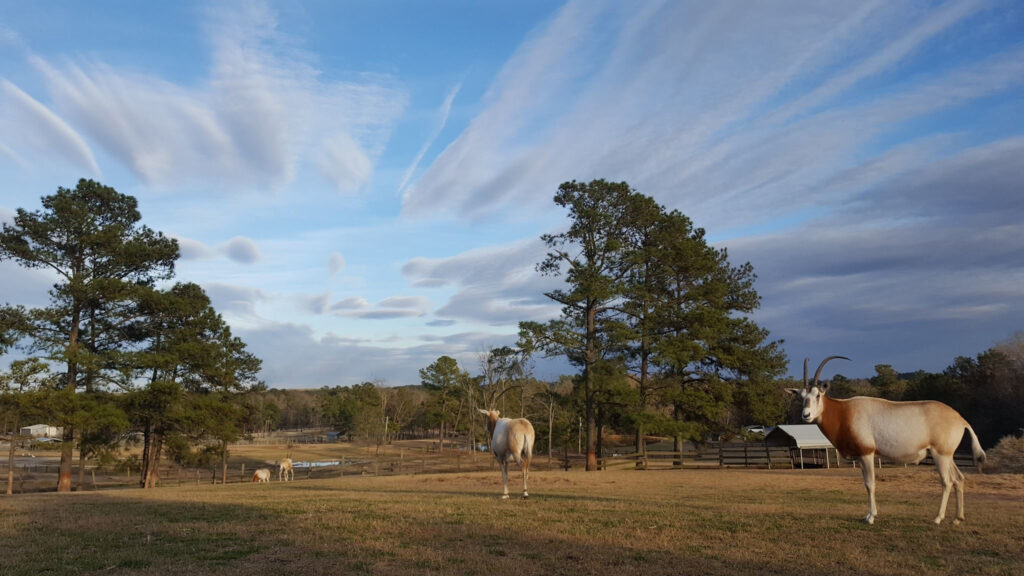
10 Little-Known Facts About North Carolina’s Pinehurst/Southern Pines Region
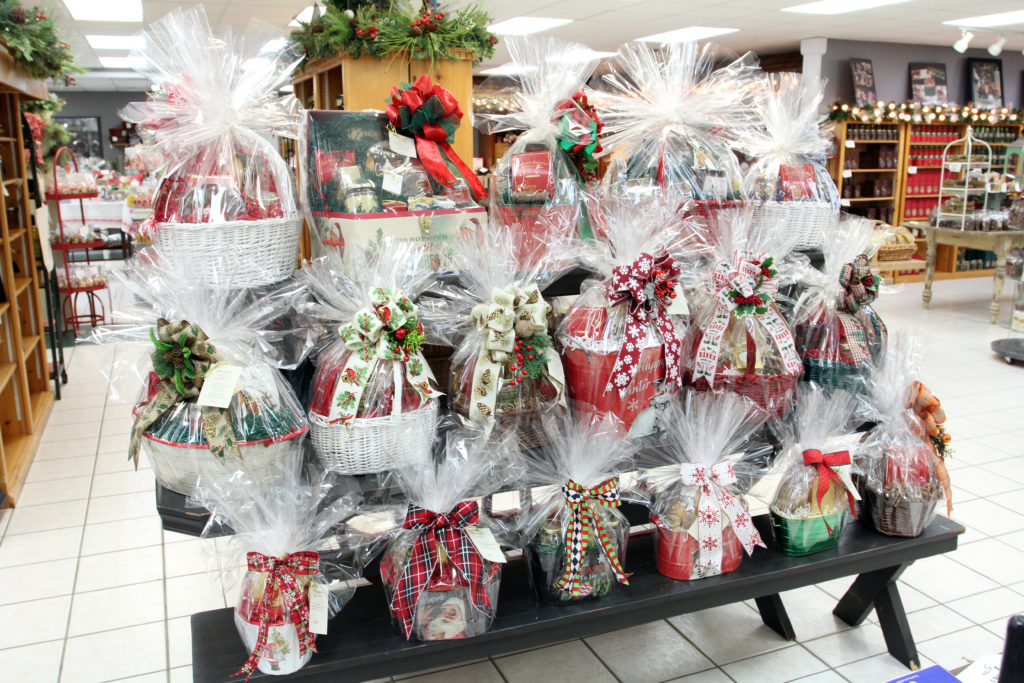
Sandhills Holiday Gift Guide
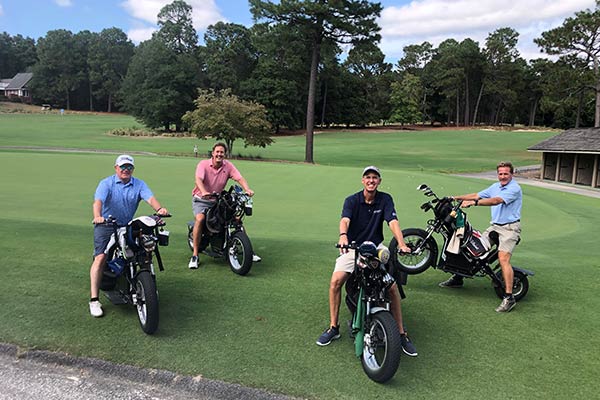
Spring Primer: Local Knowledge from the Home of American Golf

Our Favorite Coffee Shops in the Sandhills

Franz Creating Legacy on the Links
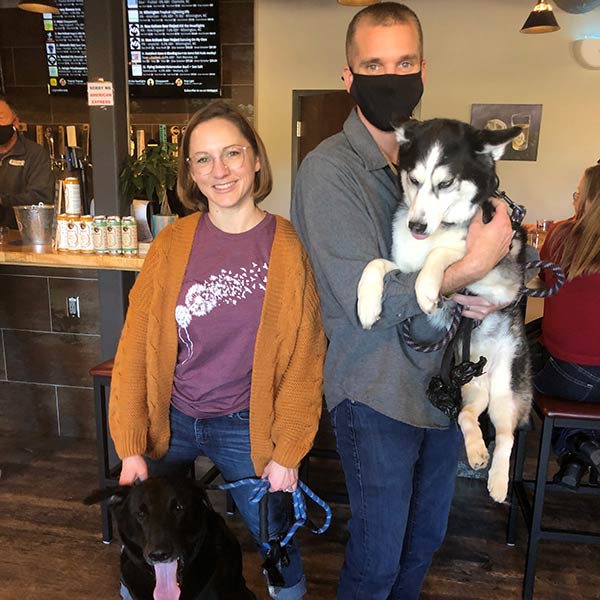
Bring Fido! Pet-Friendly Finds Among the Pines

Bottlebrush: Pinehurst Area’s Best Kept Secret

Franz Part 2: The Legacy Continues

Why Visit Pinehurst If You Don’t Play Golf?

First Timer’s Guide to Pinehurst

Franz Part 3: On Sandhills Topography

Top 10 Places for a #Sandhills Selfie

“Bermuda Revolution” Around Sandhills Leads to Ideal Year-Round Golf

Hunger Games – Sandhills Golfers Dining Guide
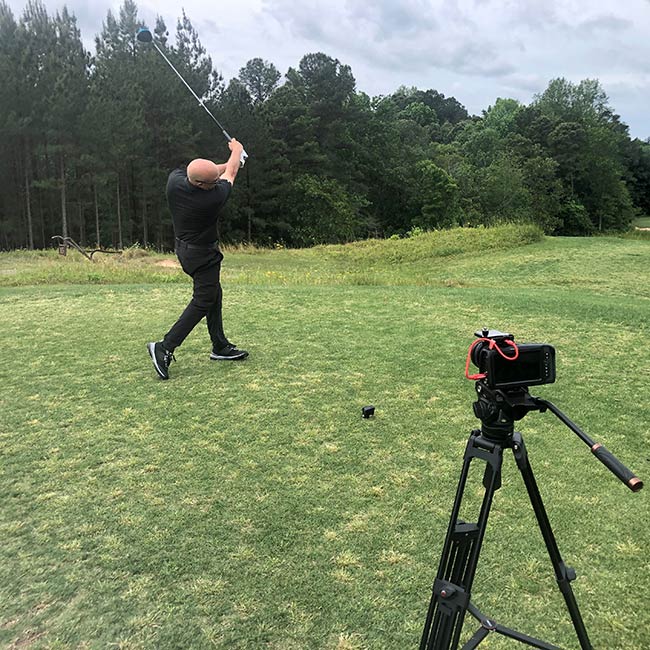
Episode 1: Golf Tips with Nick Bradley

Episode 2: Golf Tips with Nick Bradley

Sandhills Embraces Walking Culture
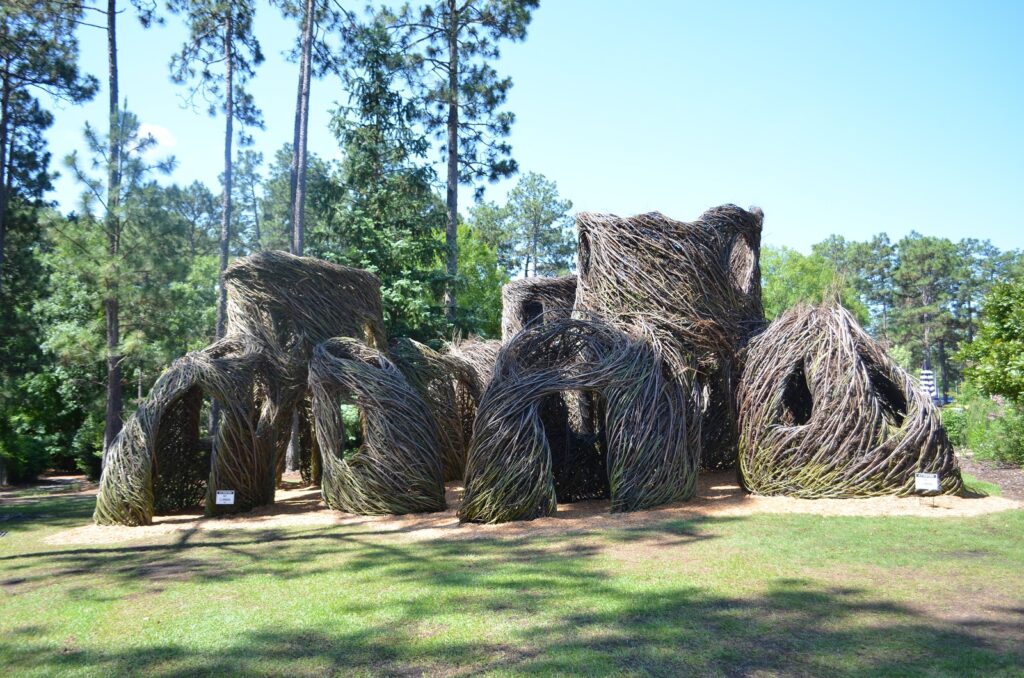
Patrick Dougherty: The Stickman Cometh

Dining A to Z

Fall Renewal in the Sandhills

Pinehurst’s Ryder Cup 1951

No. 2 Celebrates 10 Years

2004 Ryder Cup That Wasn’t

Family Fun in the Sandhills

Remarkable Golf Stays in The Pinehurst Area

Couples Weekend Getaway Ideas

Nature’s Canvas: Tobacco Road

Perfect Getaway to Southern Pines
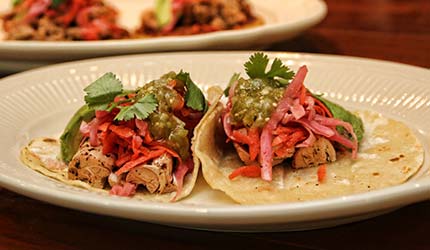
Culinary Discoveries in the Sandhills of N.C.
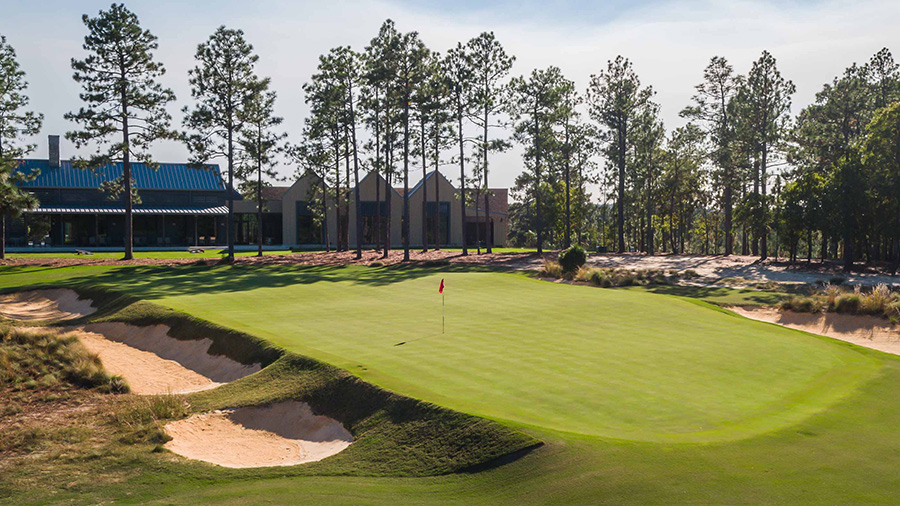
Dormie Club’s New Era

Talamore and Mid South: History of Their Own

Undiscovered Pinehurst

Off for Pinehurst

Talamore Doing More for 2022
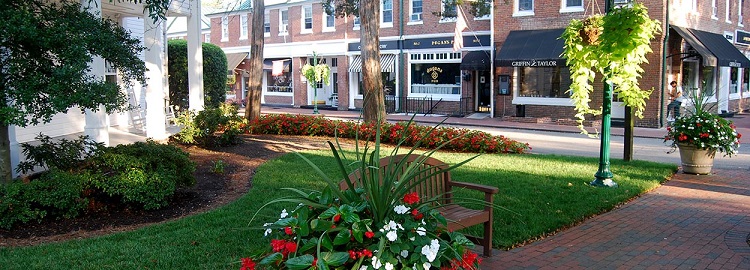
Romantic Gift Ideas In Pinehurst Area

Foodie Weekend in the Sandhills
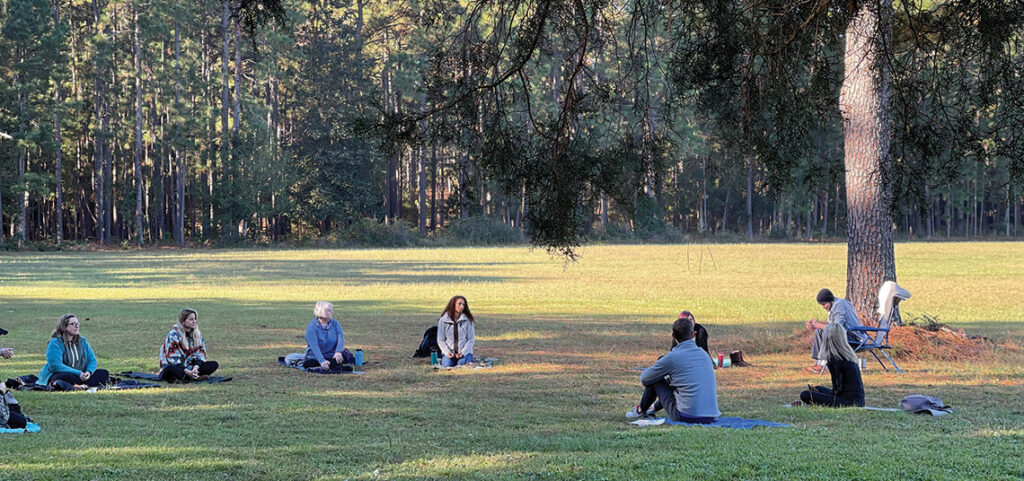
Wellness in the Pines

The Military Means Business in the Sandhills

Pine Needles Goes Back in Time

Grande Dame of Women’s Golf
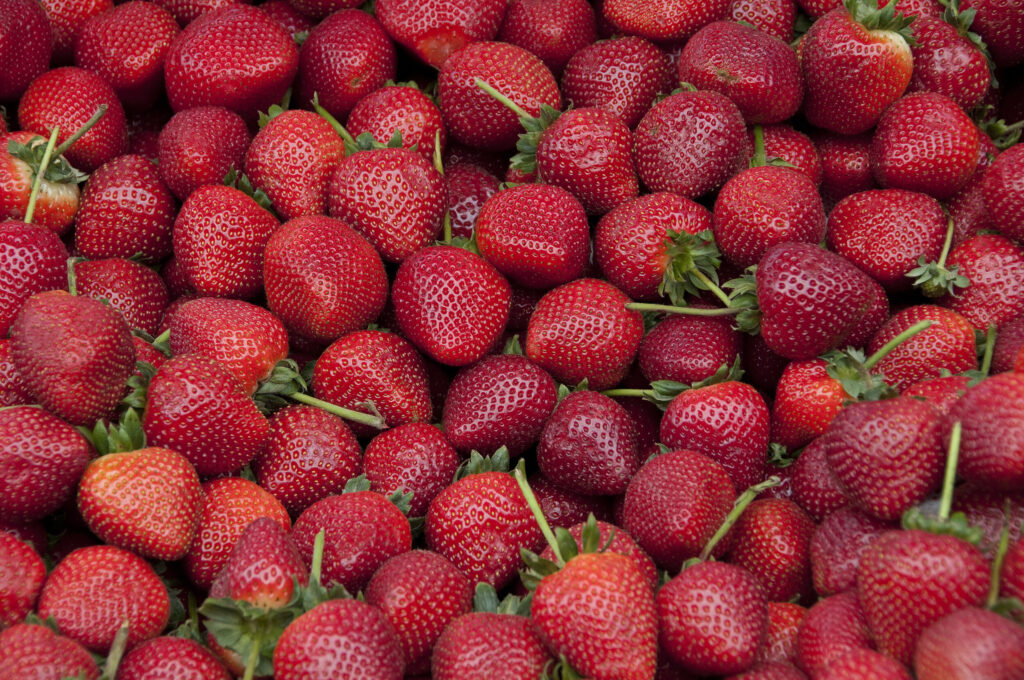
A Guide to Berry Picking in the Sandhills
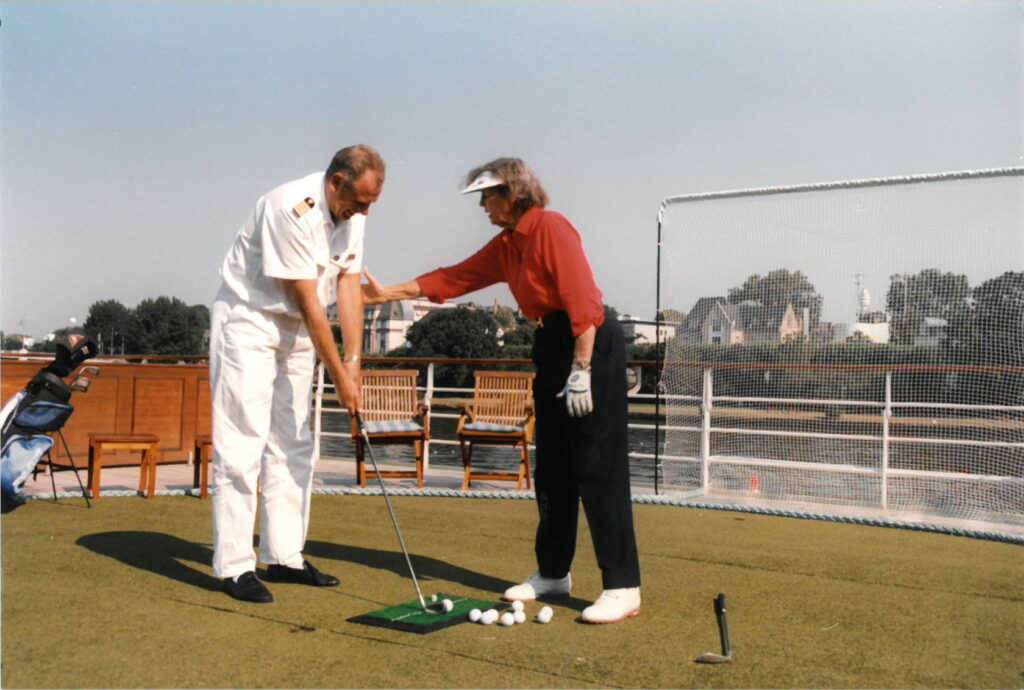
Waltzing on the Danube with Peggy Kirk Bell

From Cradle to Cradle

Donald Ross Could Golf His Ball

No Resting on Laurels Around the Home of American Golf
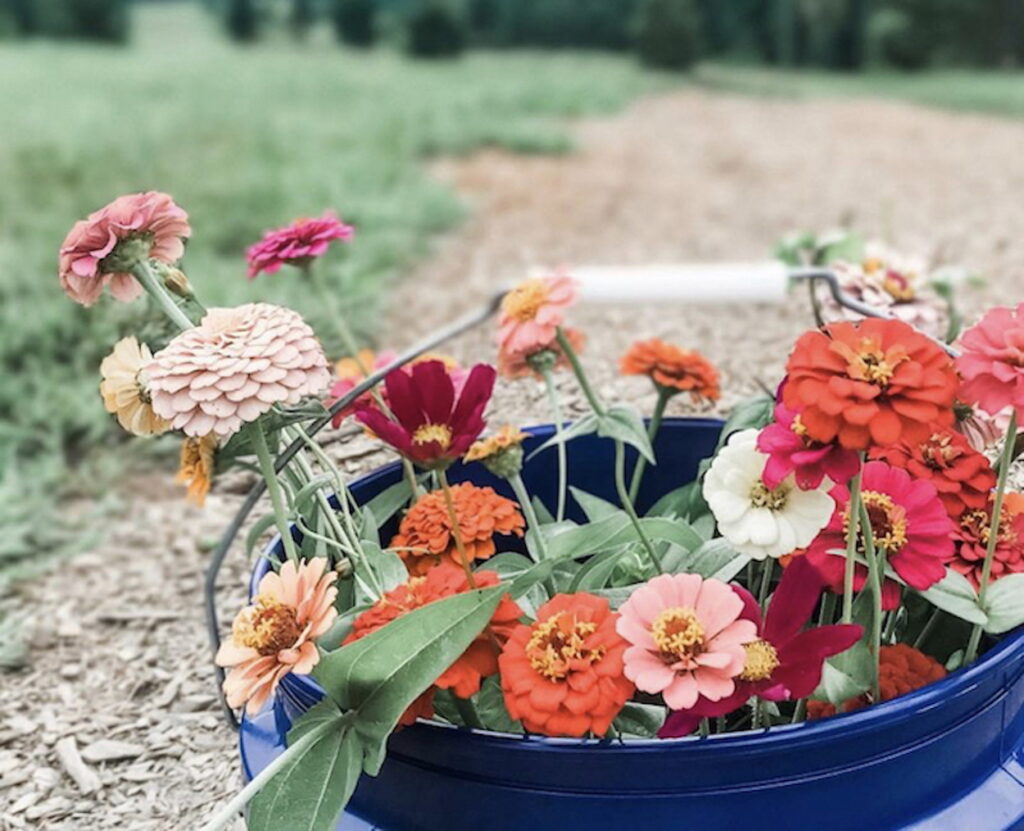
Flower Farms in the Sandhills
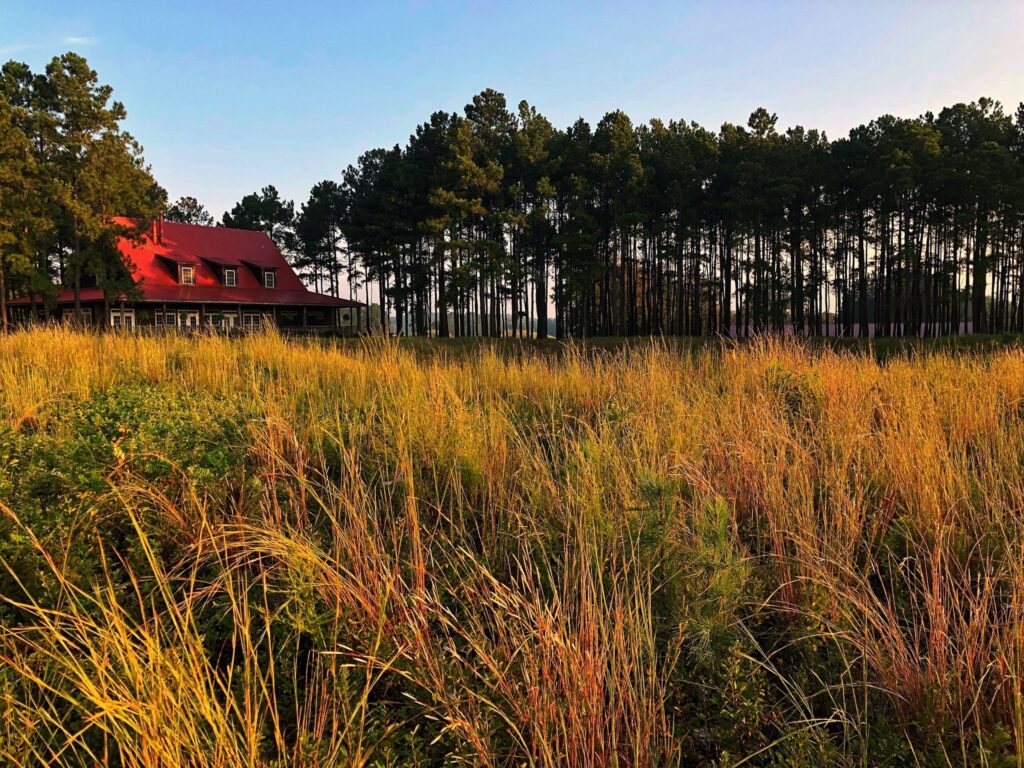
Fall into Pinehurst Golf

What Goes Around…
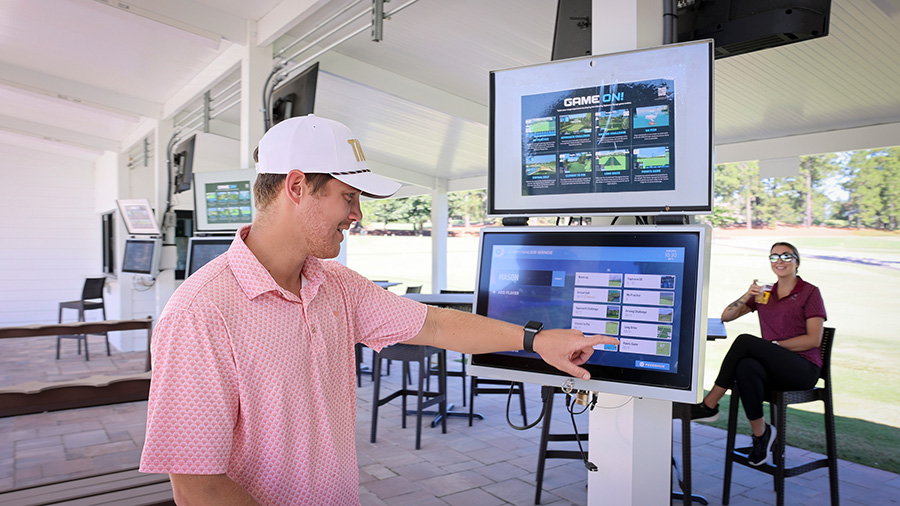
Talamore Resort Debuts New Toptracer Range

The History of the Pinehurst Inns

“For me, Pinehurst is such a special place for golf!”- Tom Fazio
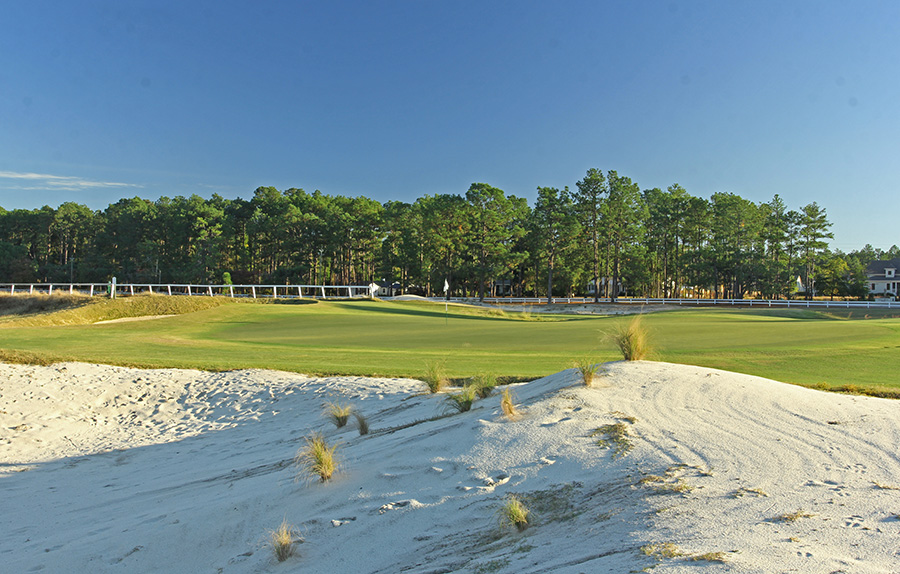
Maples Roots Run Deep in Sandhills Golf Design

New Southern Pines Mural

Pinehurst Area Buzzing with 2023 Excitement

Discover the Sweetness of the Sandhills

Celebrating the New Year in Moore County

The Big Three

Jones Family Imprint

The Hanse Touch

Coore & Crenshaw Roots Run Deep

Pinehurst Resort Announces New Course to be Designed by Tom Doak
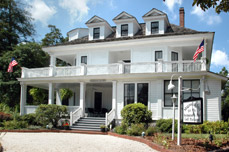
PINEHURST’S MAGNOLIA INN REOPENS

Southern Pines Golf Club Recognized

Spring in the Sandhills

Mother/Daughter Weekend in the Sandhills

A Few of Our Favorite (Golfing) Things
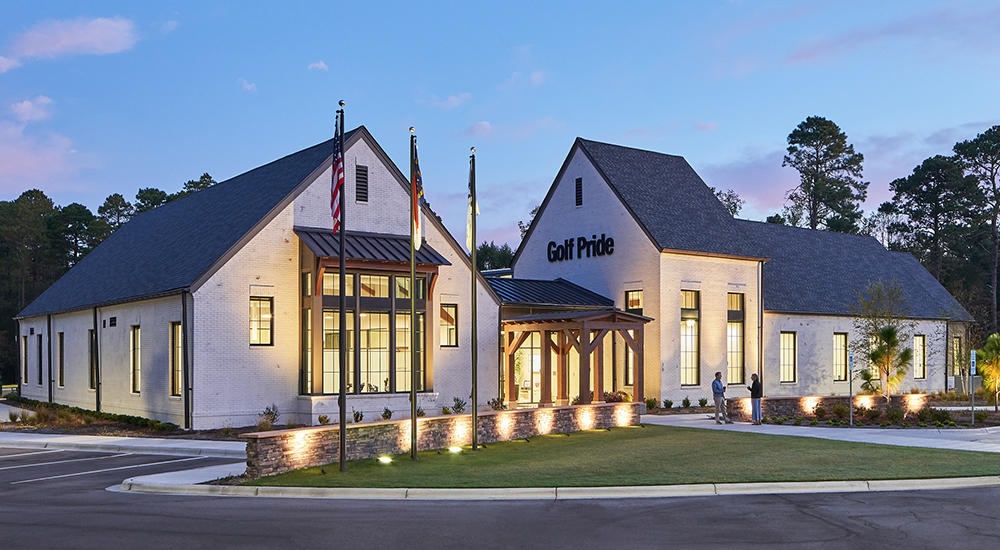
Golf Pride Retail Lab a must-see experience for your Pinehurst itinerary
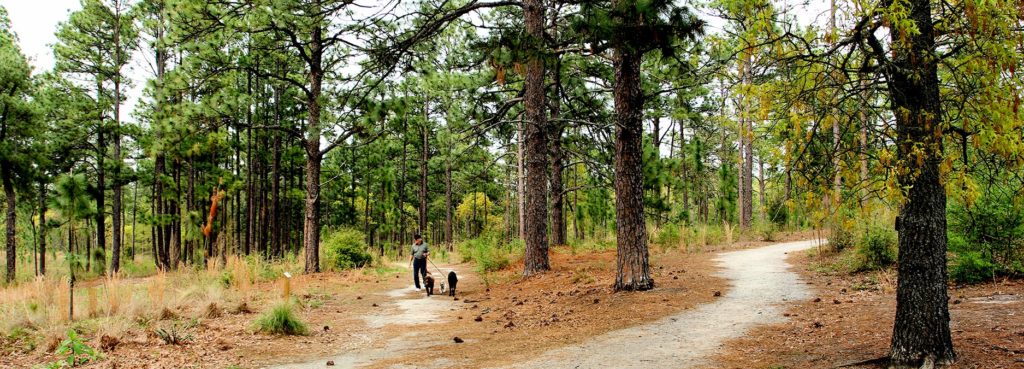
6 Trails to Explore for the Year of the Trail

Pinehurst No. 2 Still Ranked Best Course in NC

Sandhills Ecology 101

X Marks the 10-Spot

Best Date Night Ideas in the Sandhills
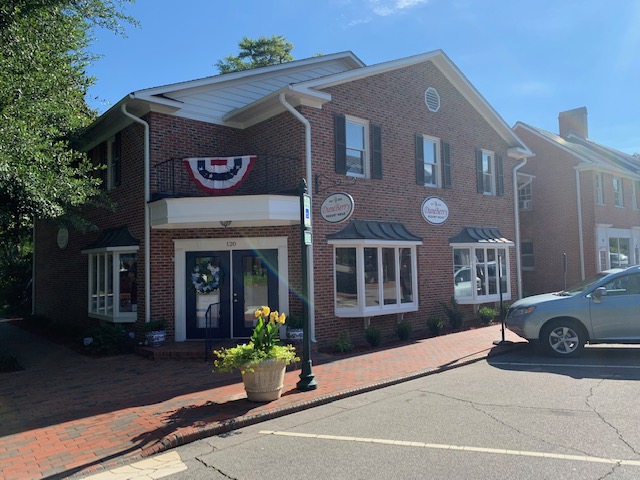
Small Towns Big Style

9 Urban Trails Around Pinehurst Area
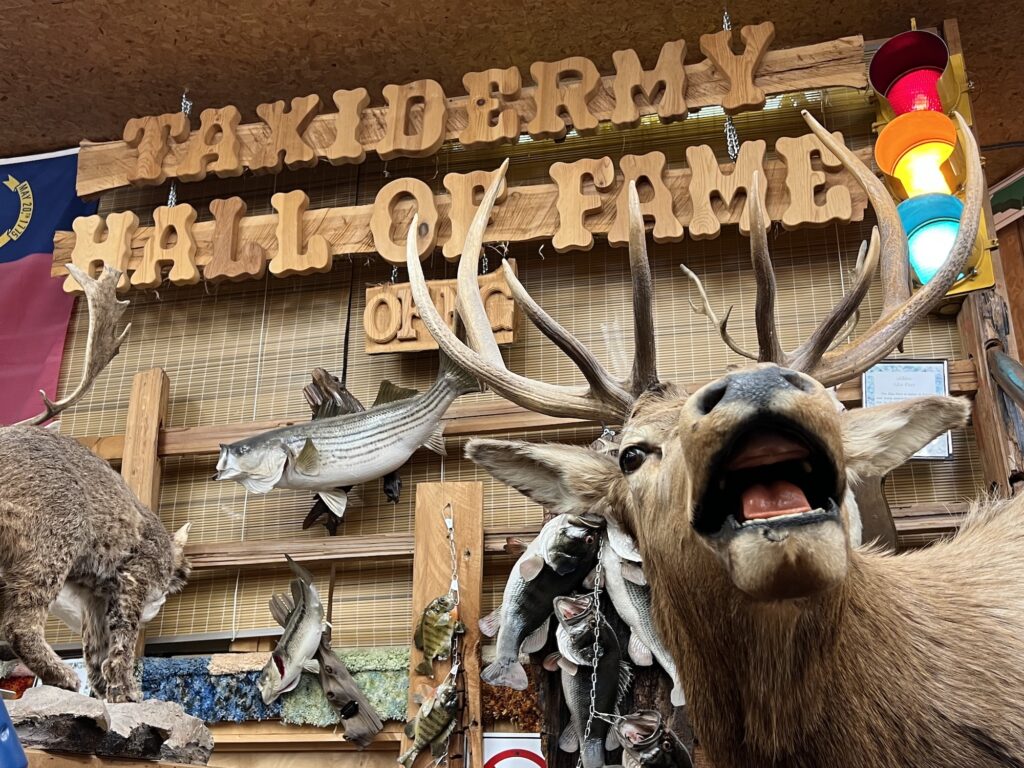
Uniquely Pinehurst

2024 U.S. Open: A Look Ahead

1999 U.S. Open: A Look Back

A Restorative Weekend Getaway at Tanglewood Farm B&B in Southern Pines
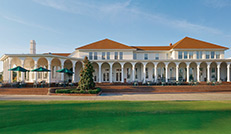
Top Things To Do On A Long Weekend

Independence Day in the Sandhills
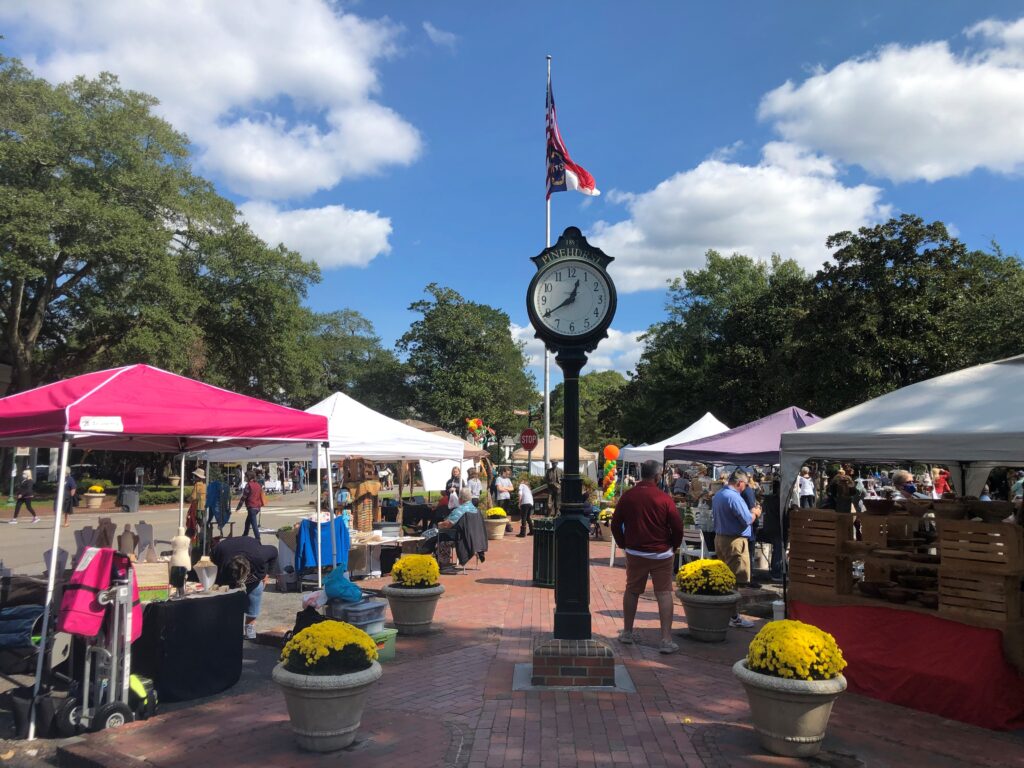
Fall Events Around the Sandhills

Celebrating NC Peaches

Kid You Not

Sleepy Summers No More

Getting Outside

When They Were Young
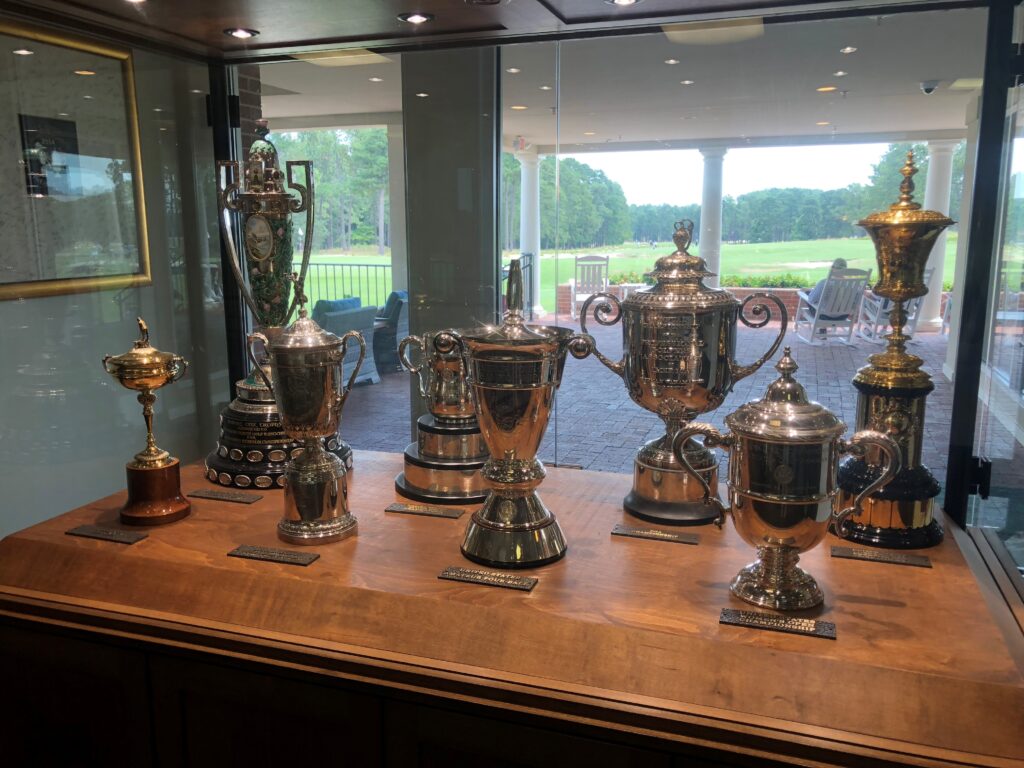
Pinehurst Major-itis

Loving Our Black & Whites

Lens of the Sandhills

Festival D’avion Named as Signature Event
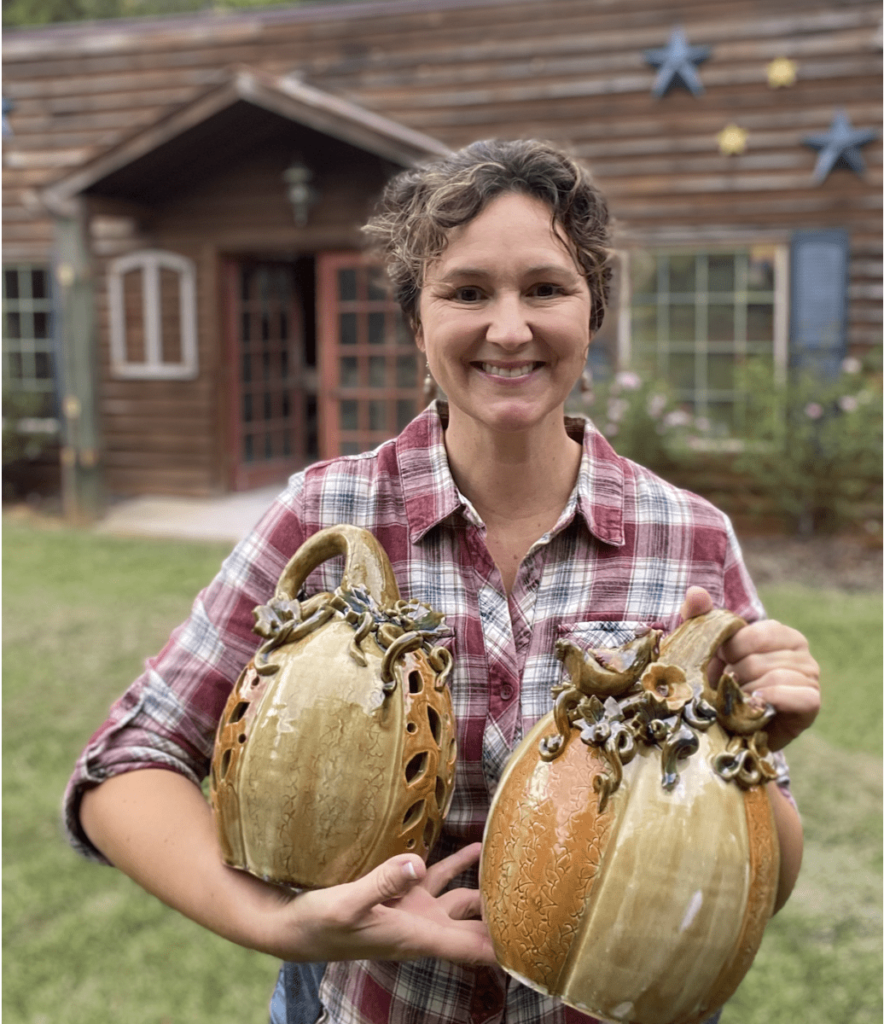
Celebrate American Craft Week

Act Two for Tot Hill Farm

An Artist in the Dirt
Legends of the Pines

Breakfast Joints of the Sandhills

The Scottish Invasion

To Dornoch and Back

A “New” Pinehurst Welcomes the World in 2024
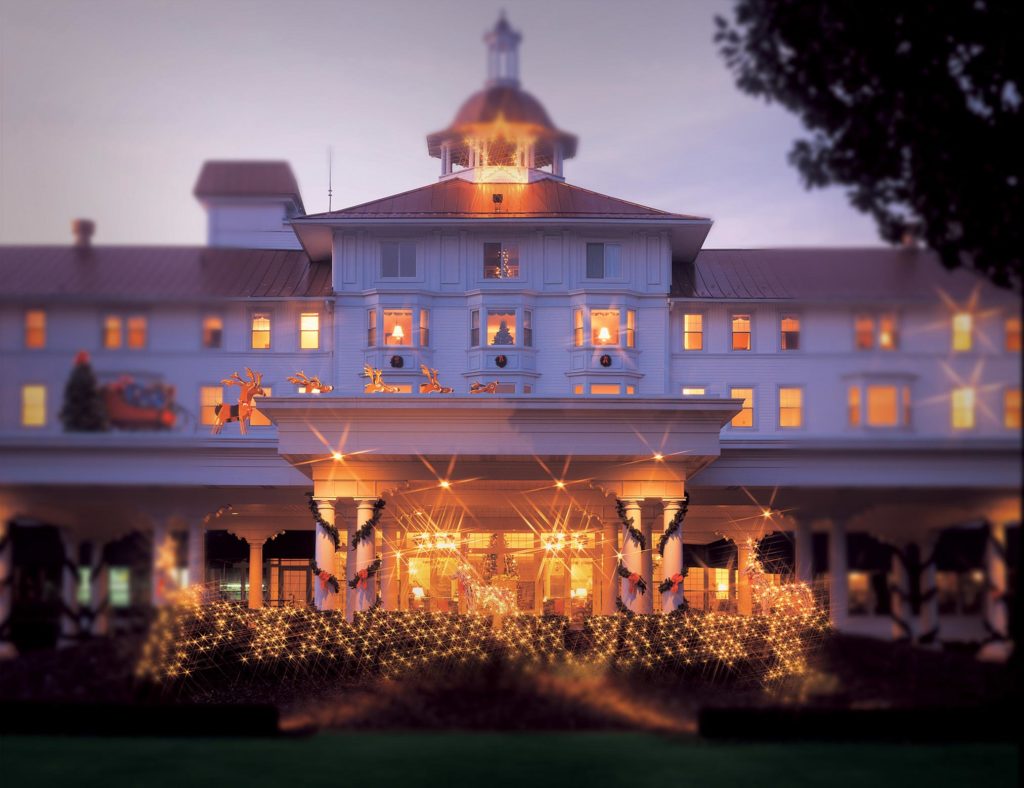
Pinehurst Holiday
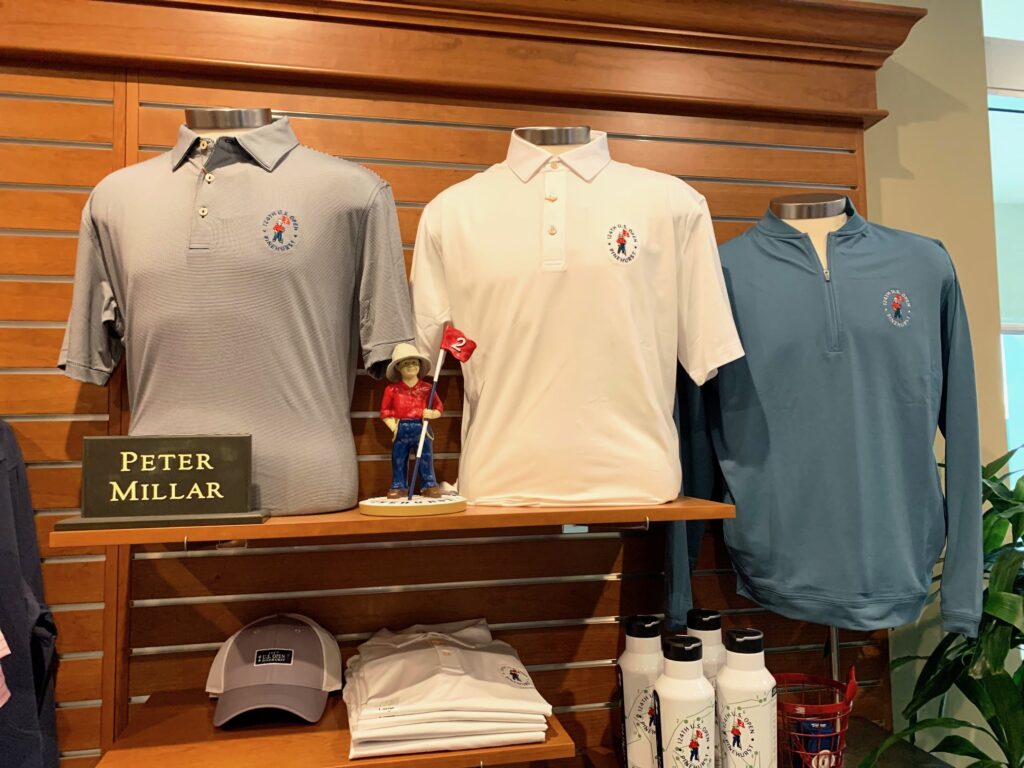
Golfers Gift Guide

Sandhills Nightlife Scene

A U.S. Open Year

Payne at 25

Where to Antique in Cameron and Carthage
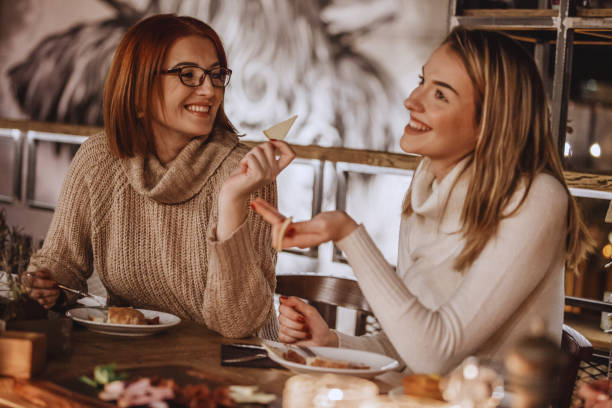
Girls’ Weekend in Moore County
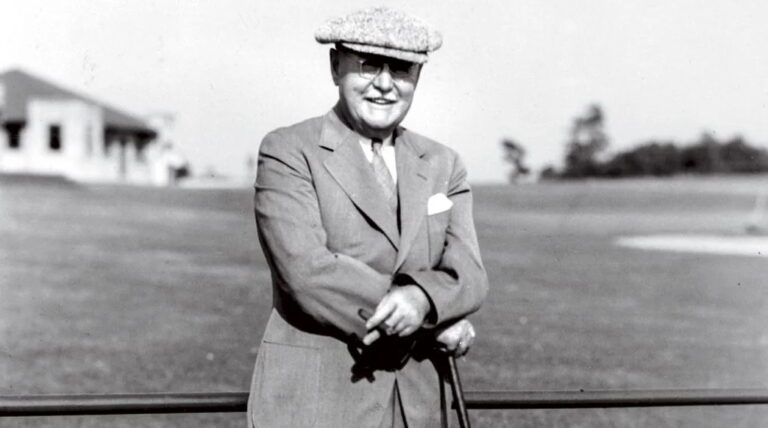
Sandhills Hall of Fame
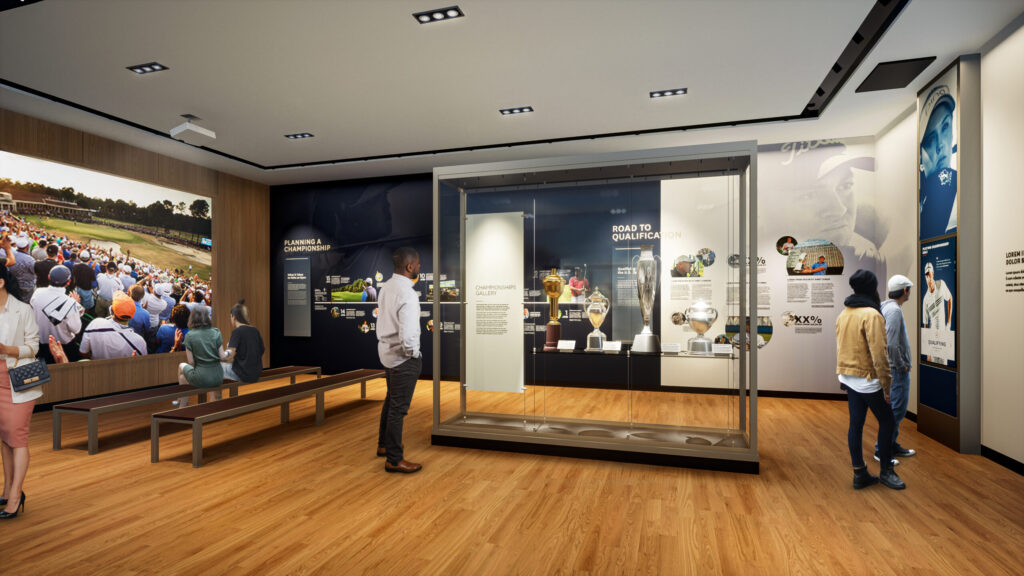
Hall of Fame Take Two
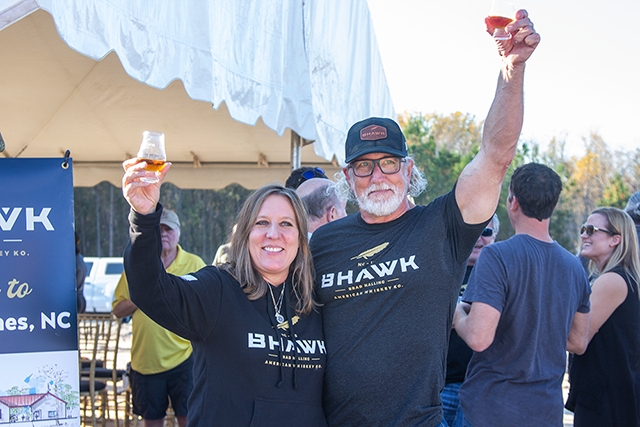
BHAWK Distillery Toasts Military Spirit

A Dozen Master Strokes
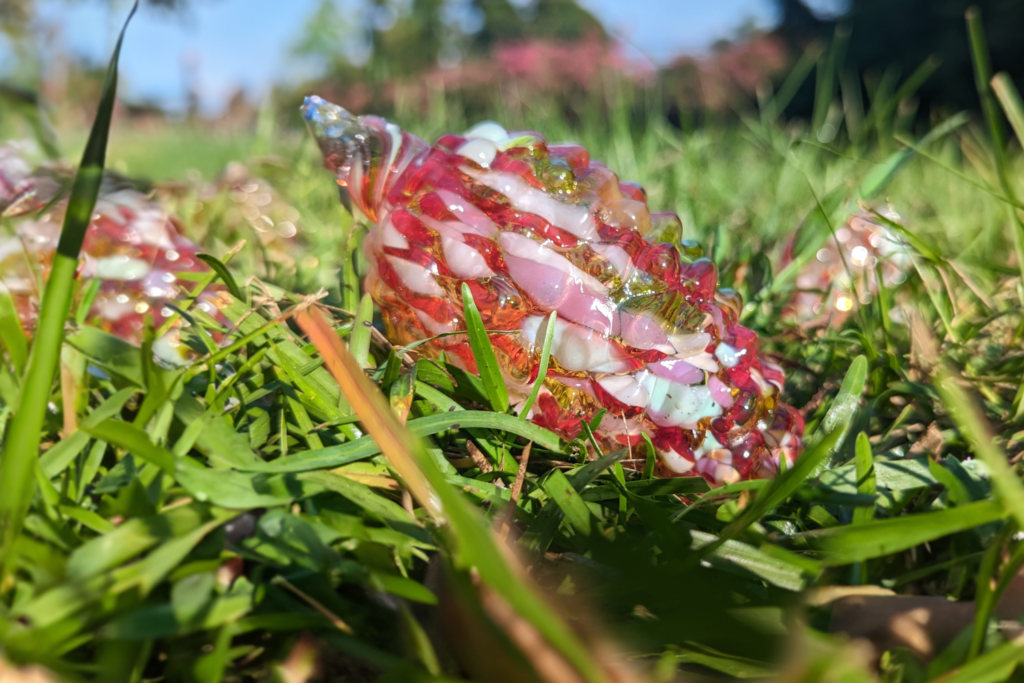
Popular Pinecone Pathways Returns for Spring 2024
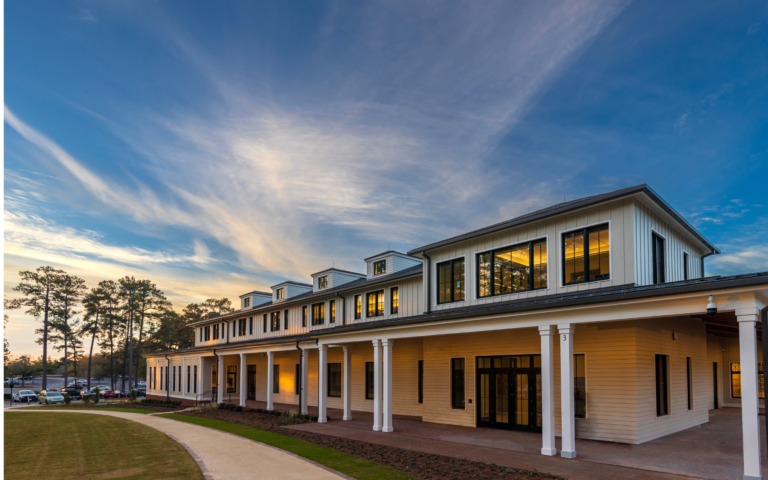
The Dynamic Decade

Sandhills Pours Double Dose
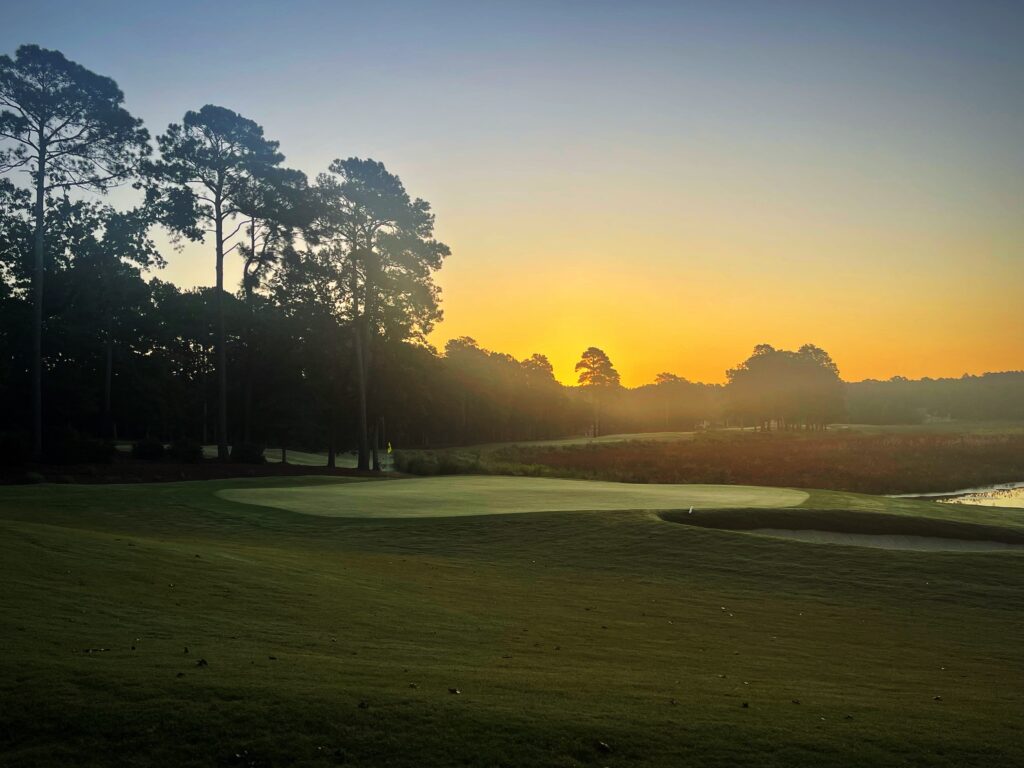
Rebirth at Woodlake
Pints in the Pines: A Guide to the Breweries of the Sandhills

